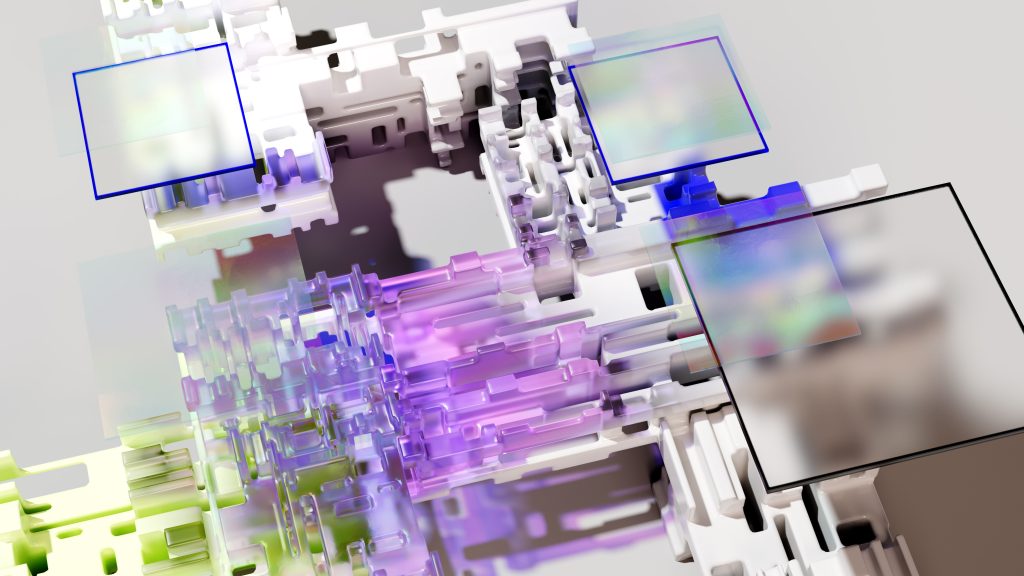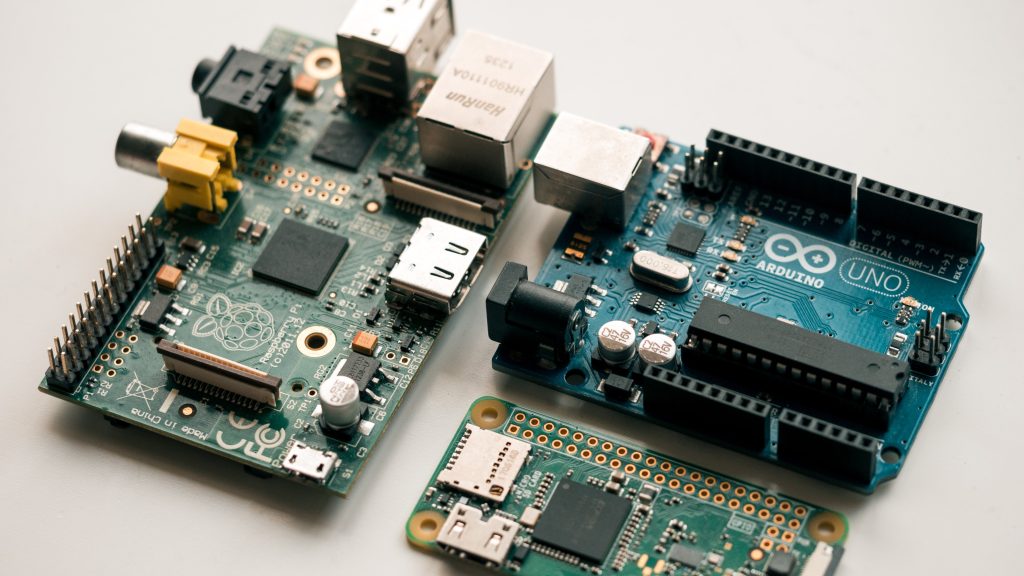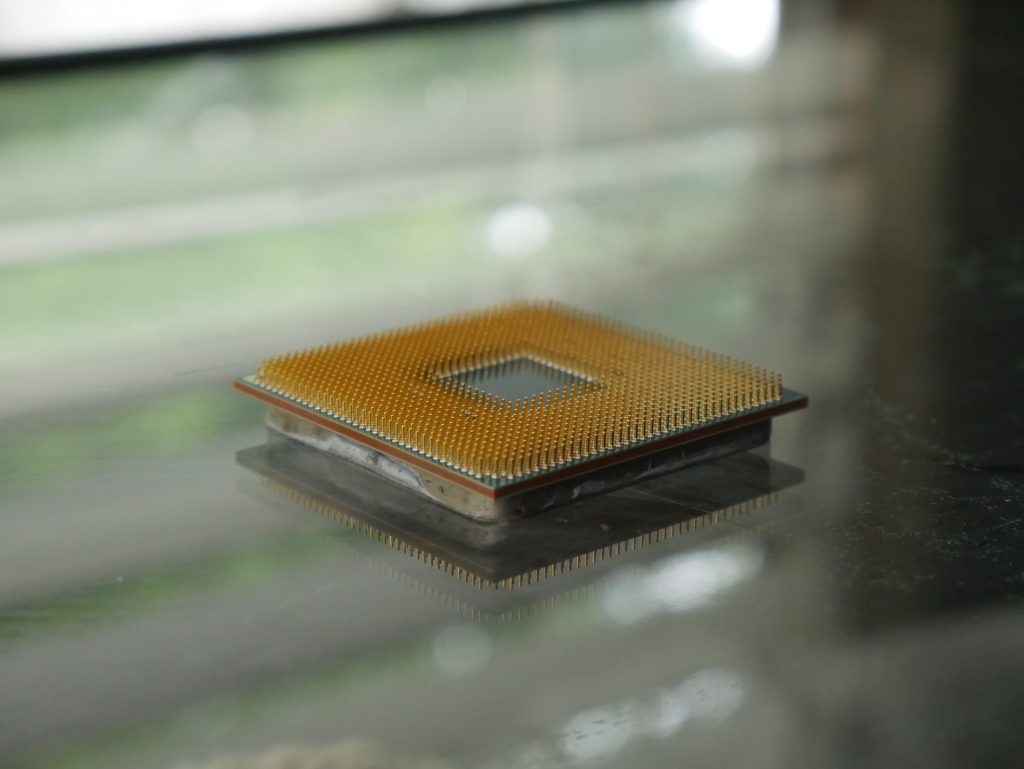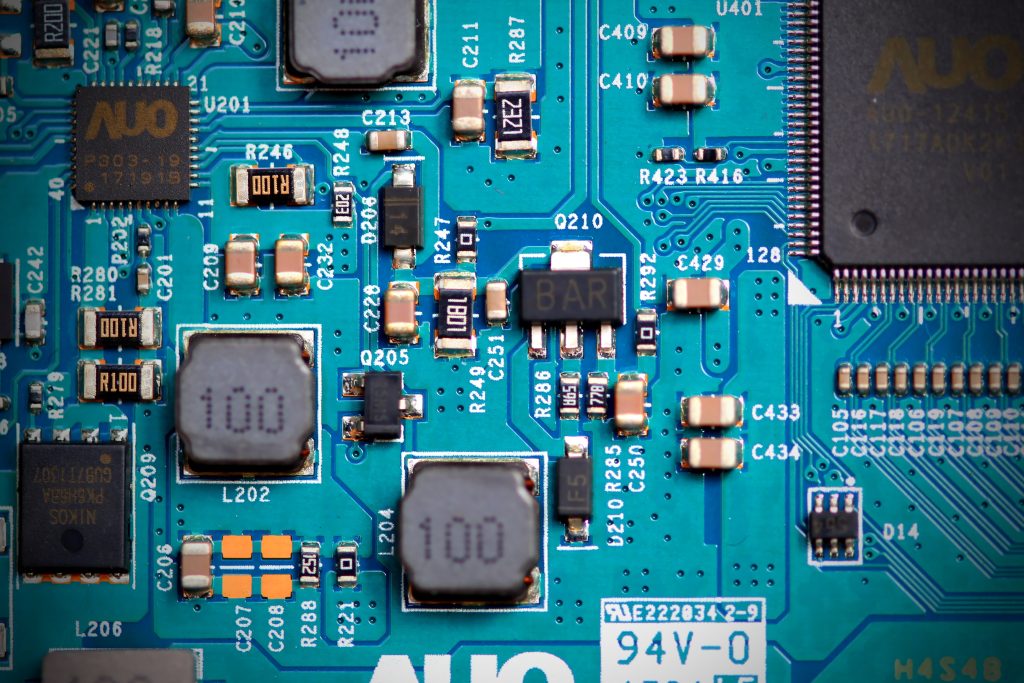Image Generated Using DALL-E
What Is Semiconductor Education
The landscape of semiconductor education is pivotal to the continued innovation and growth in the tech industry, especially when designing and manufacturing digital and analog circuits, which play a critical role in various sectors, including computing, telecommunications, automotive, and consumer electronics.
Semiconductor education is fundamentally about equipping students with the knowledge and skills to design, manufacture, and optimize semiconductor devices, which are the building blocks of all modern electronic circuits. This field merges principles from physics, chemistry, and electrical engineering to create components essential to electronic systems.
Today’s semiconductor education is growing. It covers traditional topics such as silicon-based devices and circuit design. Still, it also keeps up with the times by integrating emerging subjects like silicon photonics, power semiconductors, and flexible electronic systems.
However, keeping up with current trends is not enough. It is crucial to align the educational curriculum with the demands of future technology development. This proactive approach ensures that students are prepared for the future and can contribute effectively to the field of semiconductors.
Challenges Facing Semiconductor Education
Despite the advancements, semiconductor education faces several challenges that could hinder its progress. There is a notable disconnect between the skills taught in academic settings and the evolving needs of the industry, especially in specialized areas such as materials science, microfabrication, and quantum computing. The high cost of up-to-date equipment and materials makes it difficult for educational institutions to provide state-of-the-art learning experiences.
Thus, it has become important for universities and colleges to come up with innovative ways in develop and keep semiconductor education aligned with industry requirements.
| Challenge | Description |
|---|---|
| Skills Gap | There is a notable disconnect between the skills taught in academic settings and the evolving needs of the industry, particularly in specialized areas such as materials science, microfabrication, and quantum computing. |
| High Costs | The expense of acquiring up-to-date equipment and materials makes it difficult for educational institutions to provide state-of-the-art learning experiences, limiting access to modern training and facilities. |
| Scarcity Of Qualified Instructors | There is a lack of educators with the most recent industry experience and advanced knowledge of the latest semiconductor technologies, challenging the delivery of current and relevant education. |
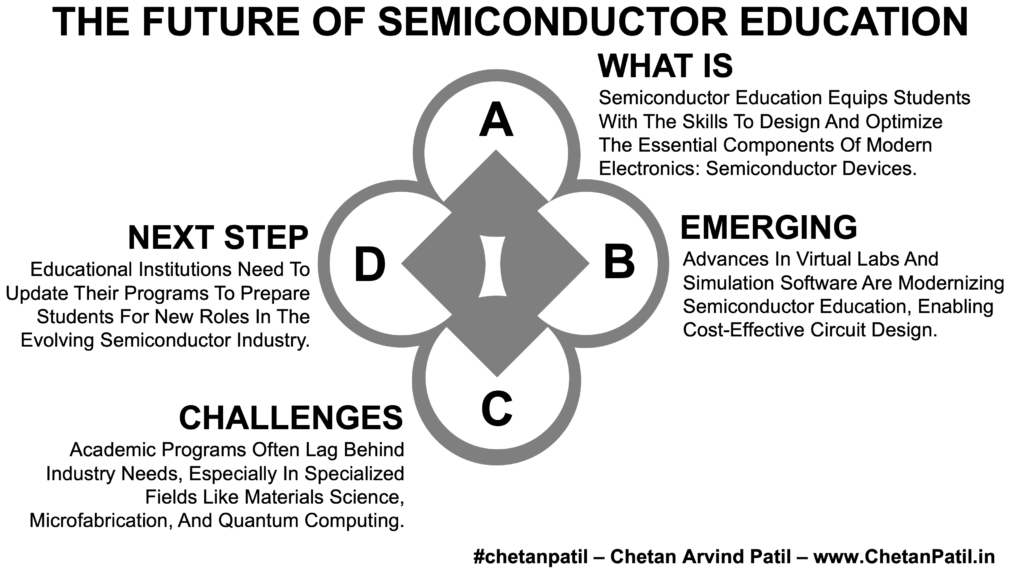
Emerging Trends In Semiconductor Education
The field of semiconductor education is witnessing significant transformations due to the integration of advanced educational technologies. Virtual laboratories and simulation software are becoming commonplace, enabling students to experiment with and design semiconductor circuits without costly physical lab setups.
| Trend | Description |
|---|---|
| Online And Blended Learning Formats | Adopting hybrid education models combines online digital media with traditional methods, enhancing flexibility and global access. |
| Hands-On Simulation Tools | Integrating advanced simulation tools like CAD for VLSI design and SPICE enables virtual circuit design and testing, reducing the need for costly labs. |
| Focus On Nanotechnology And Quantum Computing | Increasing emphasis on cutting-edge fields such as nanotechnology and quantum computing to prepare students for advancements in fabrication and application. |
| Industry-Academia Collaborations | Partnerships between universities and semiconductor companies to align curricula with industry standards, offering internships and access to professional tools. |
| Specialized Degree Programs | Development of specialized degree and certification programs focused on semiconductor studies, from basics to advanced chip design, tailored to industry needs. |
| Sustainability In Semiconductor Manufacturing | The incorporation of sustainability practices, including courses on low-power circuit design and recyclable materials, reflects the industry’s shift towards green manufacturing. |
Moreover, partnerships between academic institutions and industry giants are instrumental in bridging the gap between theoretical knowledge and practical skills. These collaborations help update curriculums with cutting-edge content and provide students with internship opportunities to gain hands-on experience.
Educational policies and global initiatives further influence the structure and delivery of semiconductor programs, ensuring they meet international standards and industry demands.
Looking Ahead: The Future of Semiconductor Education
The future of semiconductor education is likely to be shaped by further integration of cutting-edge technologies like artificial intelligence (AI) and machine learning. These tools can revolutionize teaching methodologies and learning environments by enabling personalized learning paths and predictive analytics to improve student engagement and outcomes.
As the semiconductor industry continues to evolve, educational institutions will need to anticipate future skills requirements and adapt their programs to prepare students for emerging roles in the design, fabrication, and testing of next-generation semiconductor devices.


